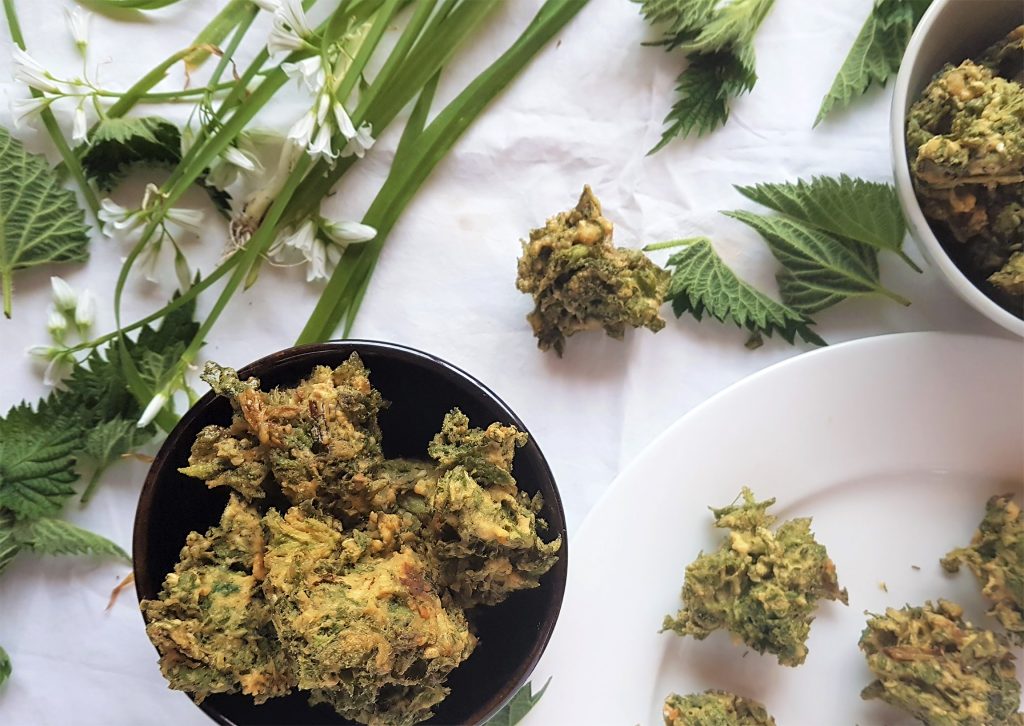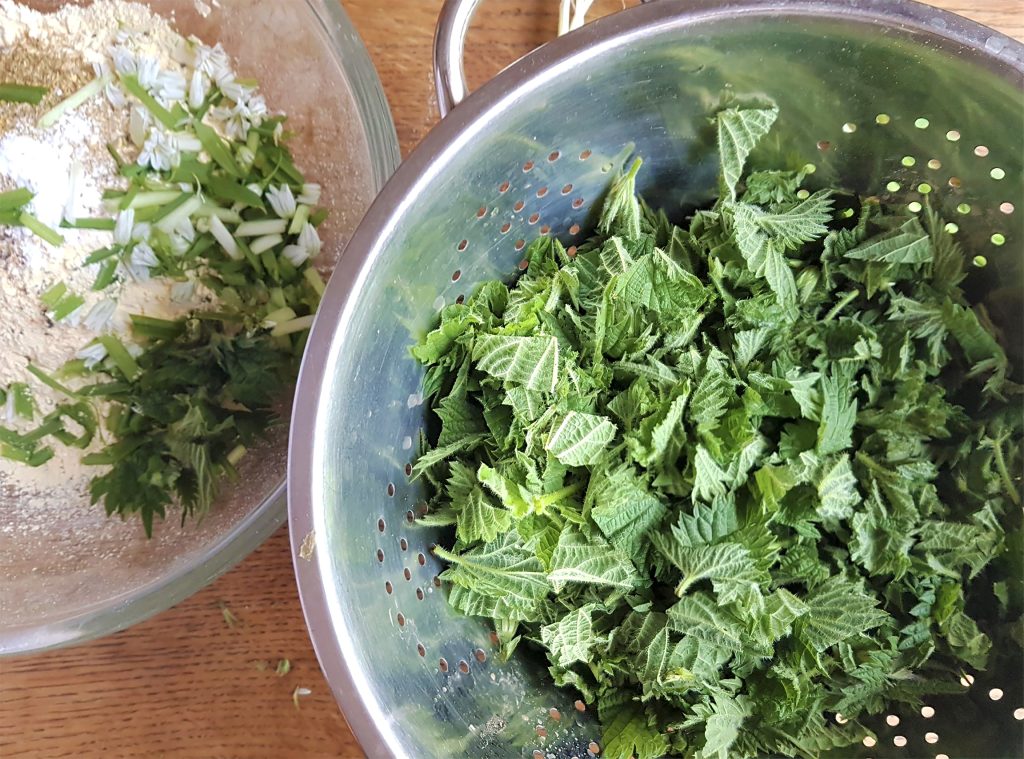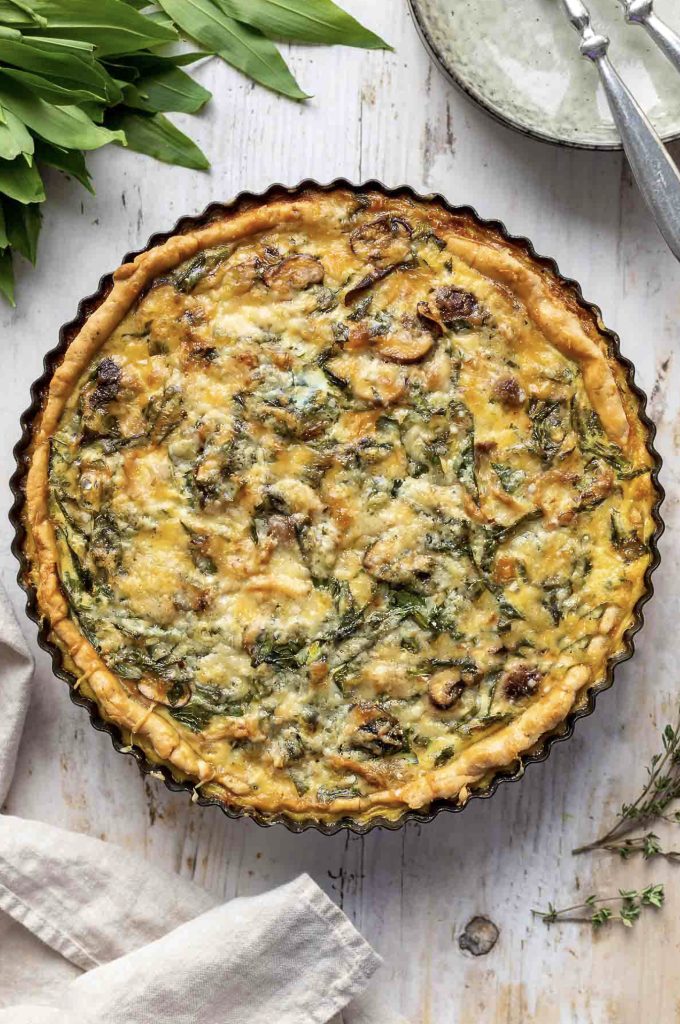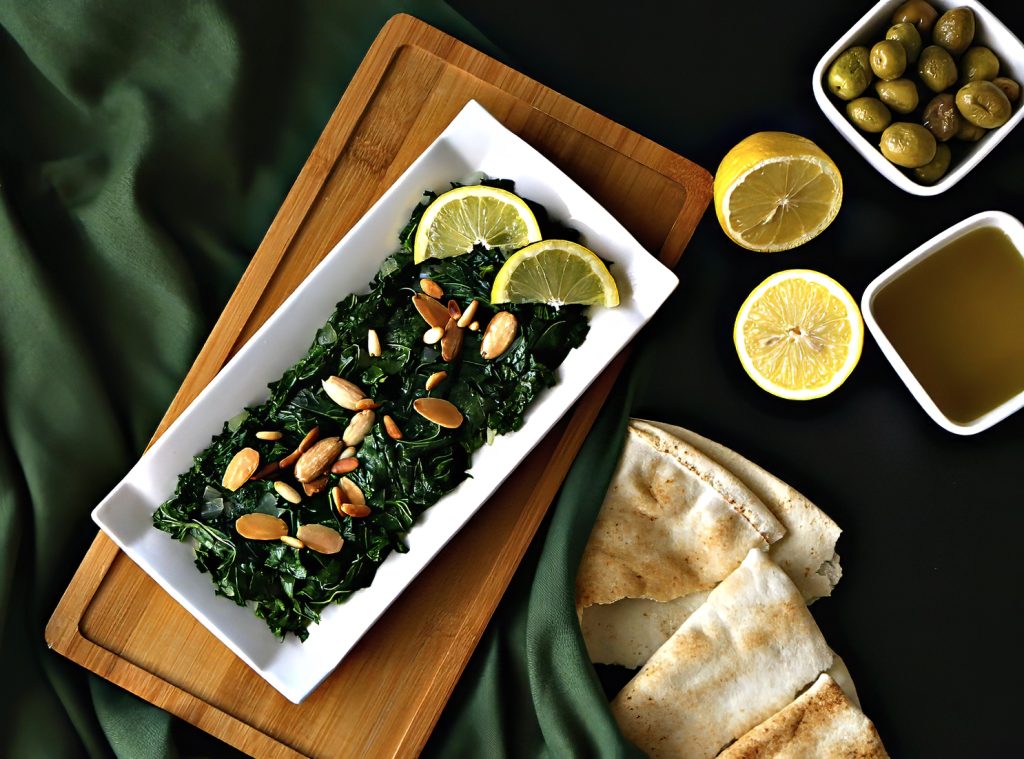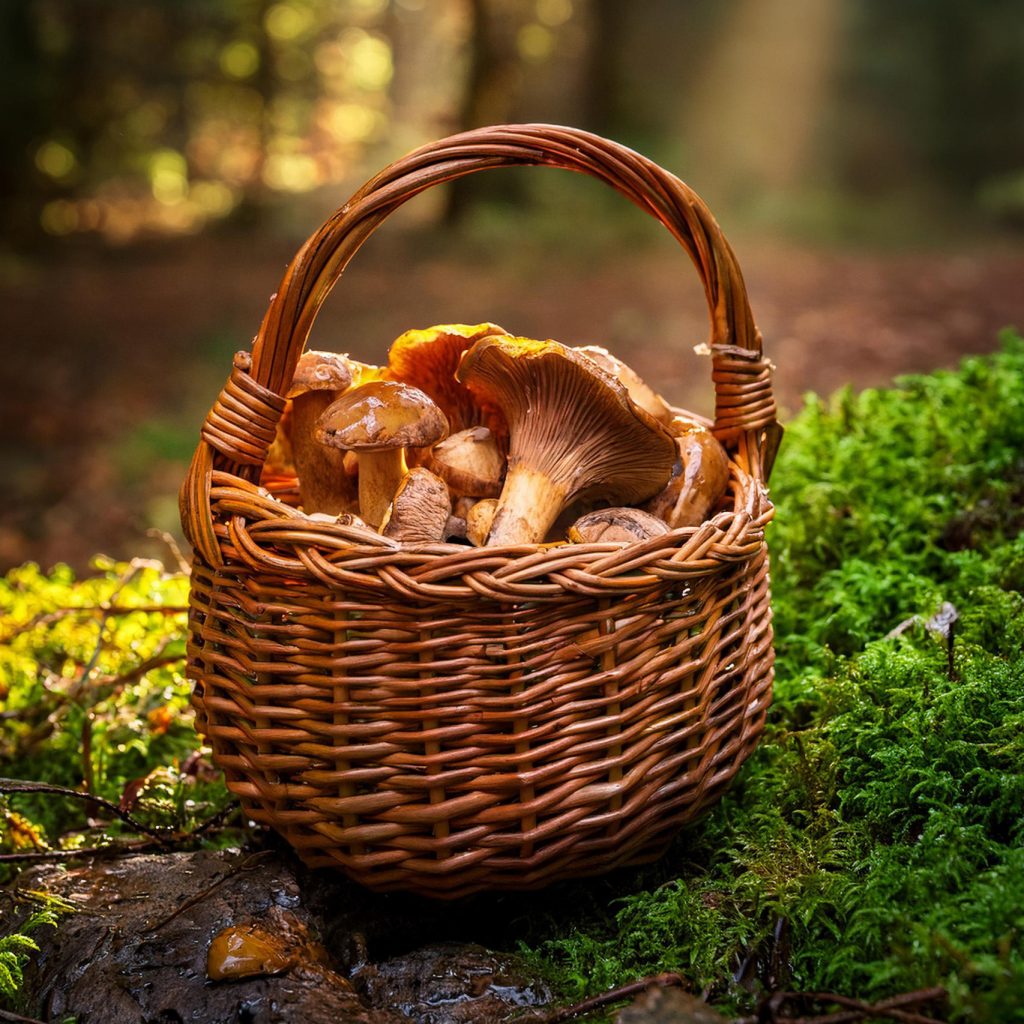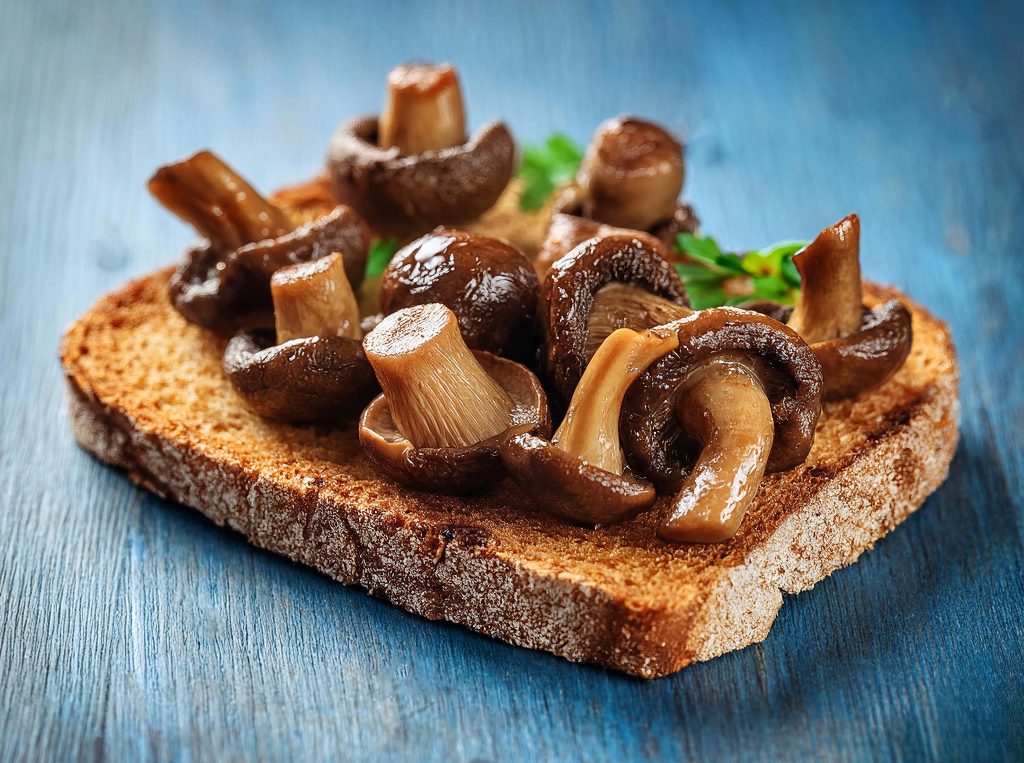With the arrival of the new season’s carrots comes a bounty of lush, leafy tops—often overlooked, but bursting with fresh, herbal character. Rather than letting them go to waste, why not transform them into a vibrant, tangy classic: carrot top chimichurri? Traditionally made with parsley, chimichurri is a zesty Argentinian sauce, but carrot tops bring a similarly bright, slightly bitter edge that pairs perfectly with its garlicky, vinegar-laced profile.
Chopped finely or pulsed gently in a food processor, the carrot tops are blended with fresh garlic, red wine vinegar, olive oil, chilli flakes, and a touch of oregano to create a sauce that’s alive with flavour. The carrot greens lend a more robust, earthy depth than parsley alone, with just enough bite to stand up to hearty accompaniments.
One of the best—and most budget-friendly—ways to serve carrot top chimichurri is over a tray of roasted root vegetables. Think golden chunks of parsnips, wedges of beetroot, caramelised onions, and sweet, blistered carrots. A drizzle of oil, a toss with salt and pepper, and a hot oven do most of the work, coaxing out each vegetable’s sweetness while keeping their texture satisfyingly firm. Once roasted, these vegetables become the perfect canvas for the chimichurri, which cuts through their richness with a zing of acidity and herbs.
Not only is this a meal rooted in economy—making the most of the whole vegetable—but it’s also deeply nourishing. Rich in fibre, antioxidants, and healthy fats, it fuels both body and soul. Every bite tells a story of seasonal eating, low waste, and simple cooking done well.
- 1 cup carrot tops, washed and coarsely chopped
- 2 tablespoons fresh oregano leaves
- 3 cloves garlic
- ⅓ cup olive oil
- ¼ cup red wine vinegar
- pinch of red pepper flakes
- sea salt to taste
- Combine the carrot tops, oregano leaves and garlic cloves in the bowl of a food processor and pulse until finely chopped.
- Transfer the mixture to a medium sized bowl and stir in the olive oil and red wine vinegar.
- Season with sea salt and a pinch of red pepper flakes.
- For best flavour, use it within a day or two. Carrot top chimichurri keeps at best for 4-5 days in the fridge.
Serve warm from the oven with a dollop of chimichurri on each portion, perhaps with crusty bread or a scattering of toasted seeds. It’s a humble meal, yes—but one that’s rich in flavour, texture, and care. A timeless combination of thrift and taste.

